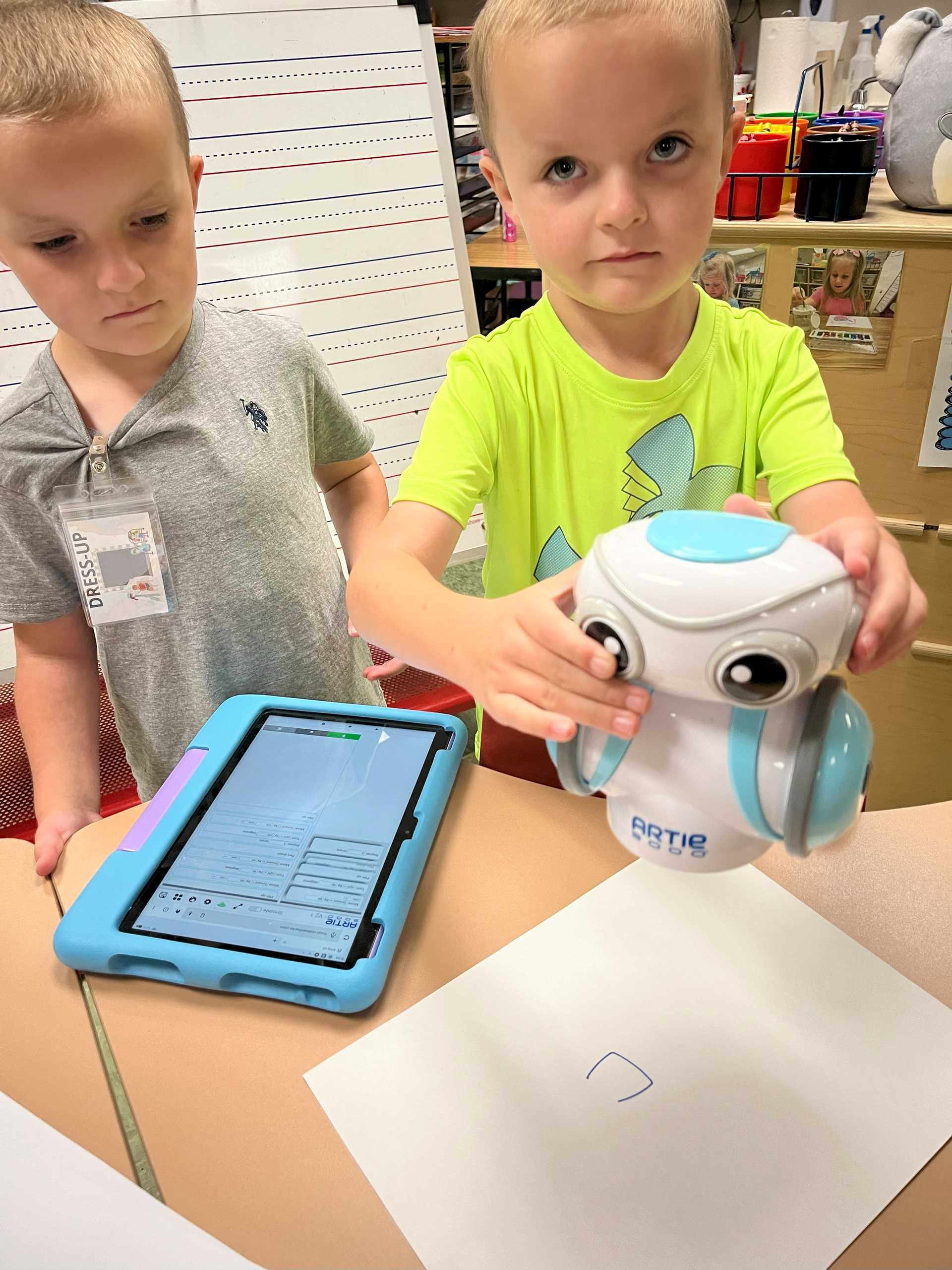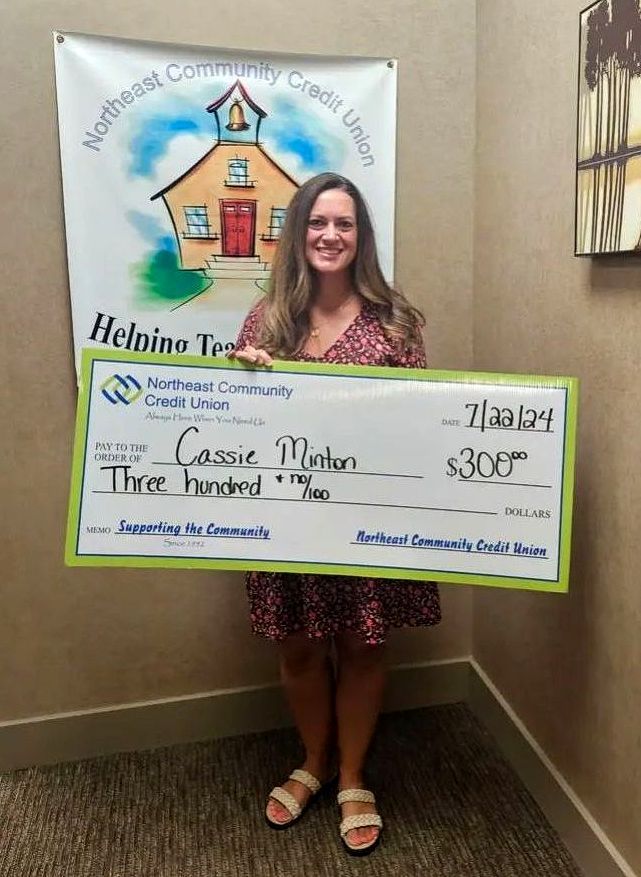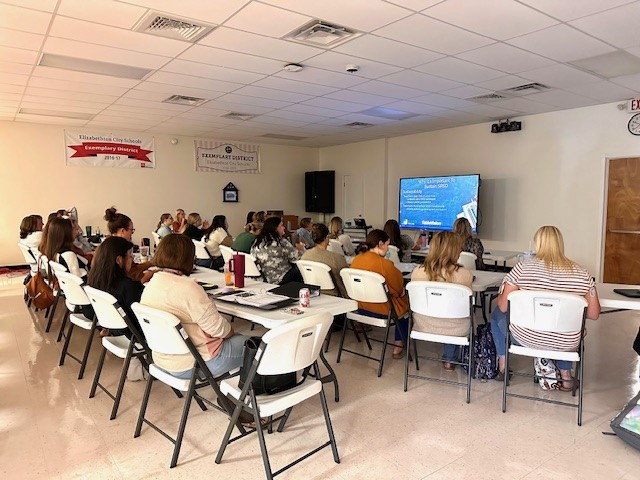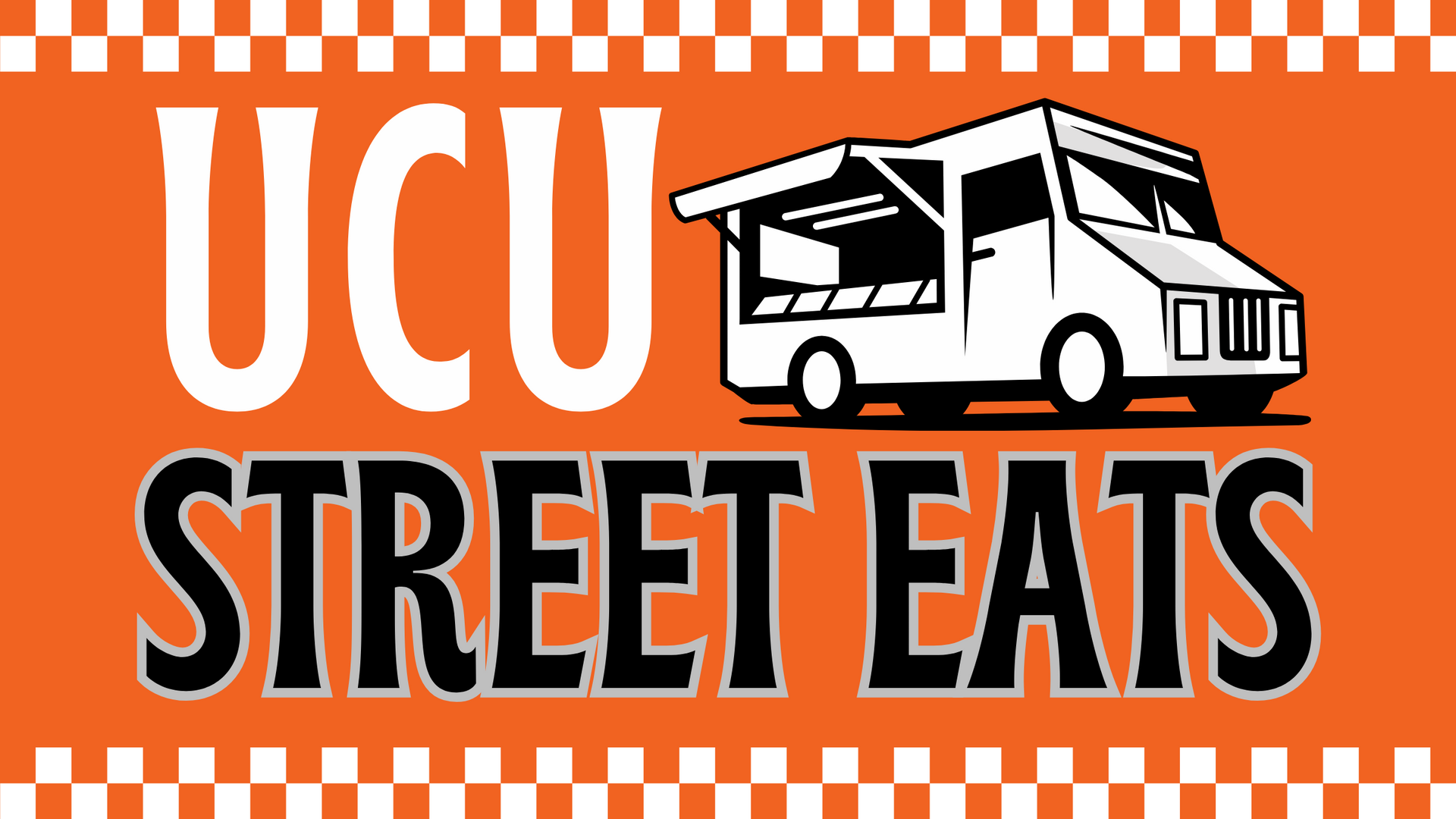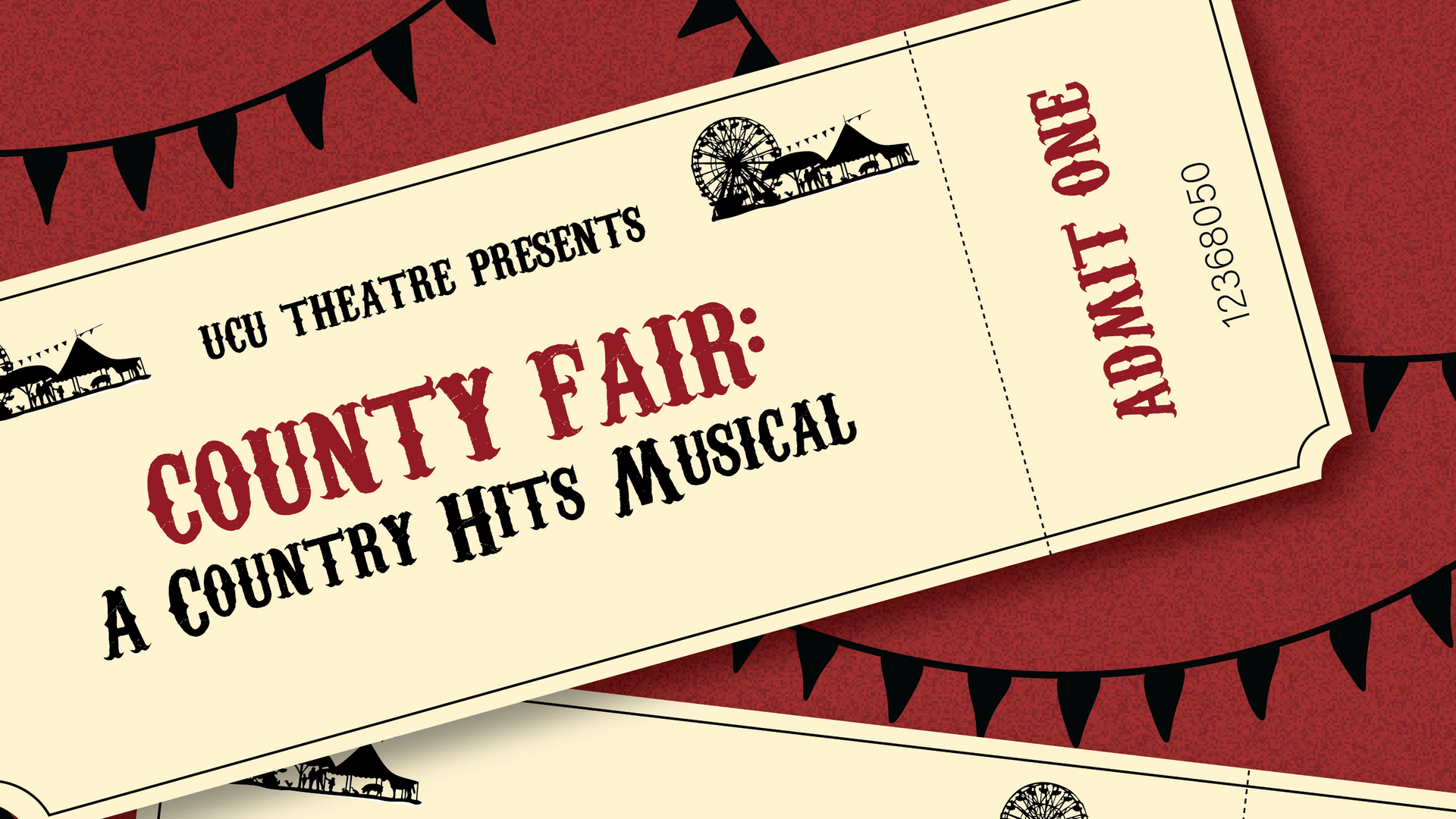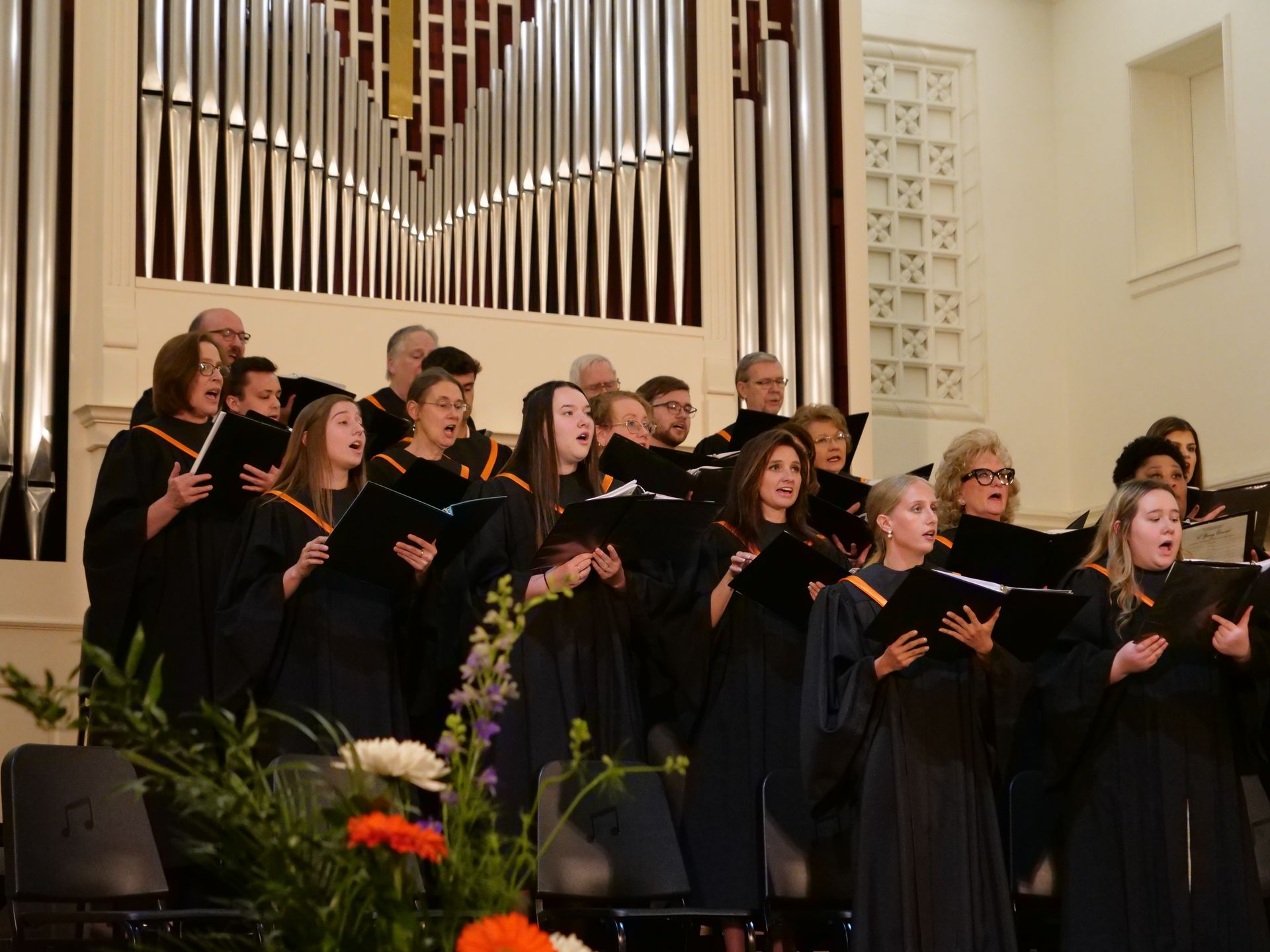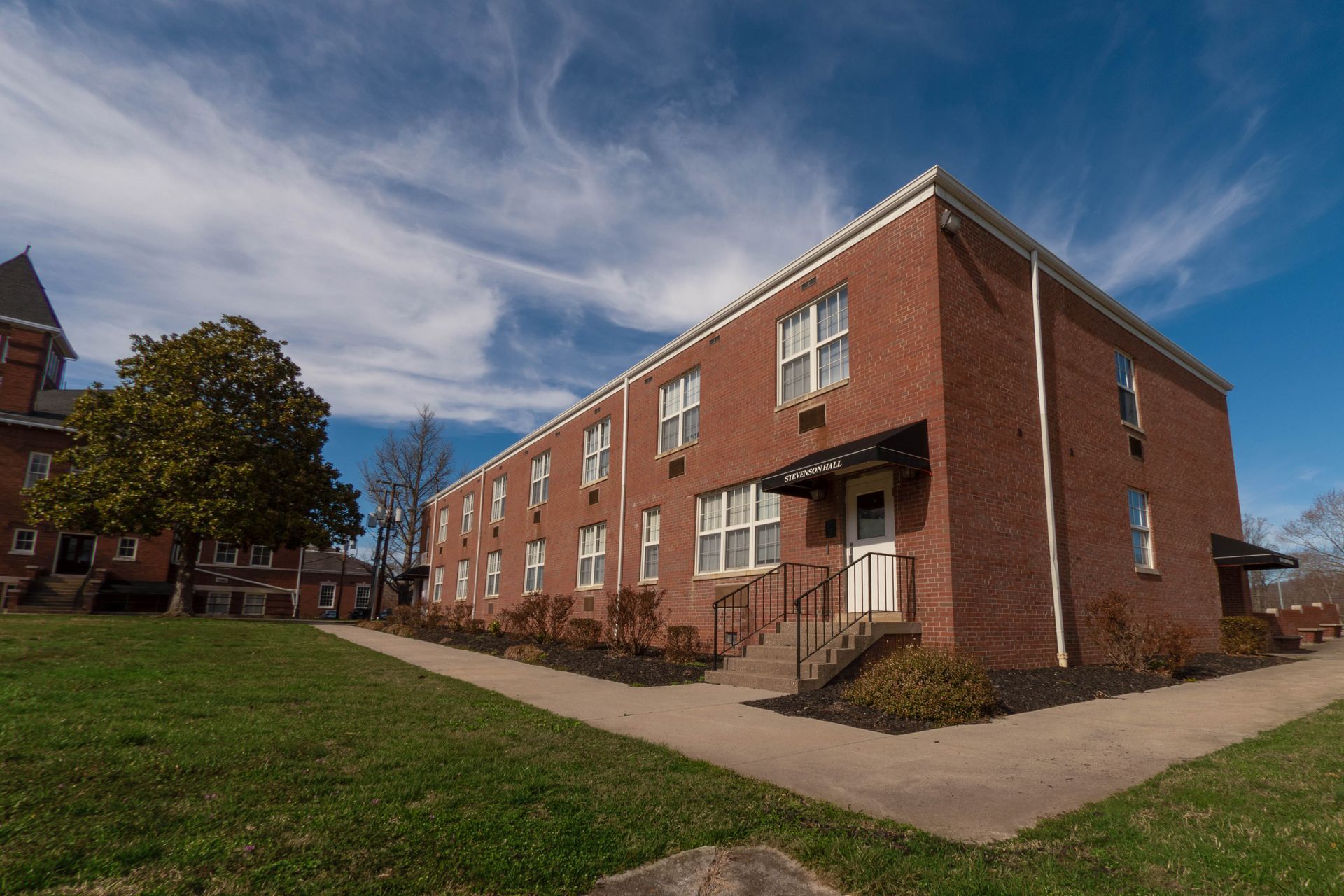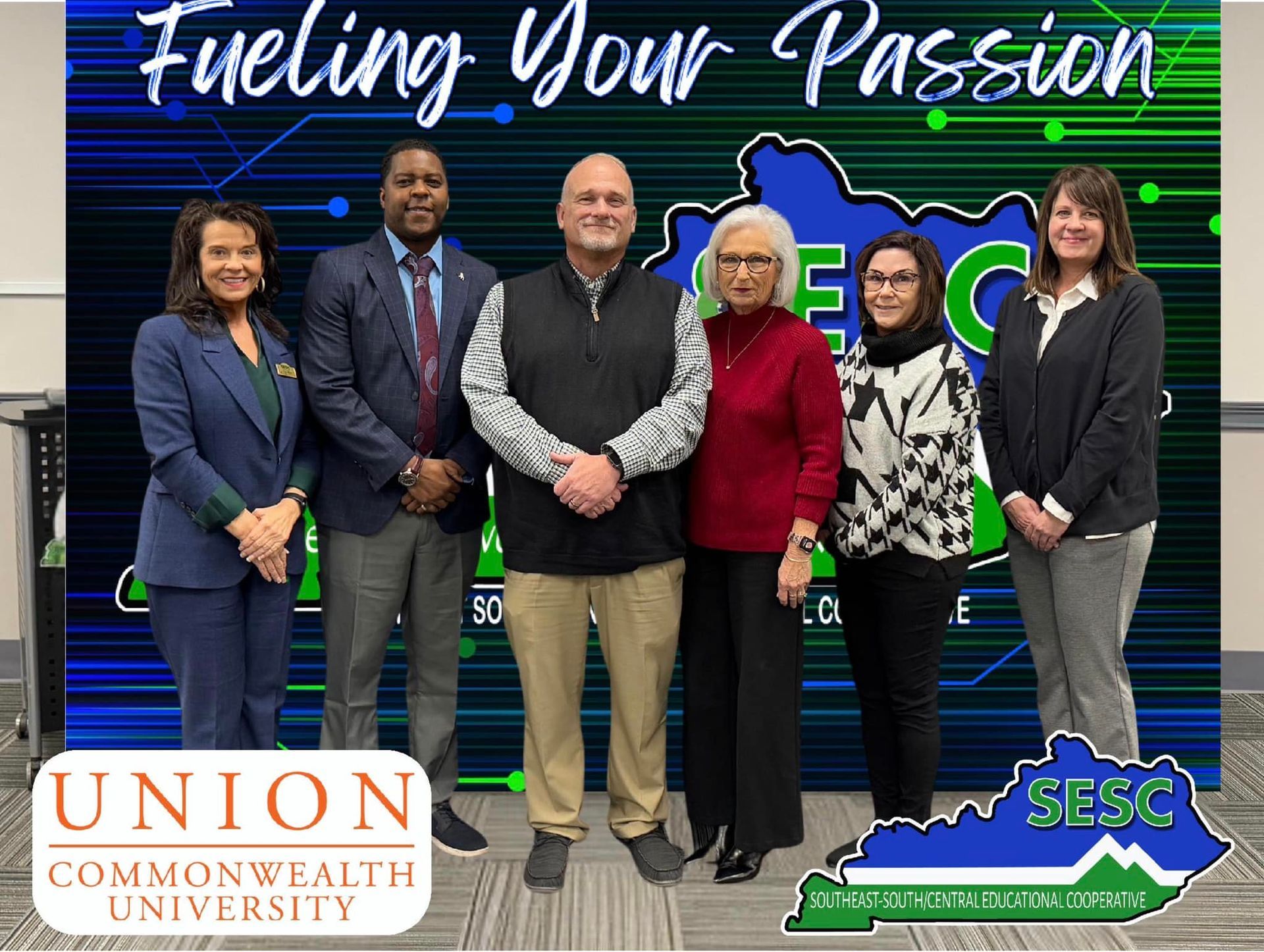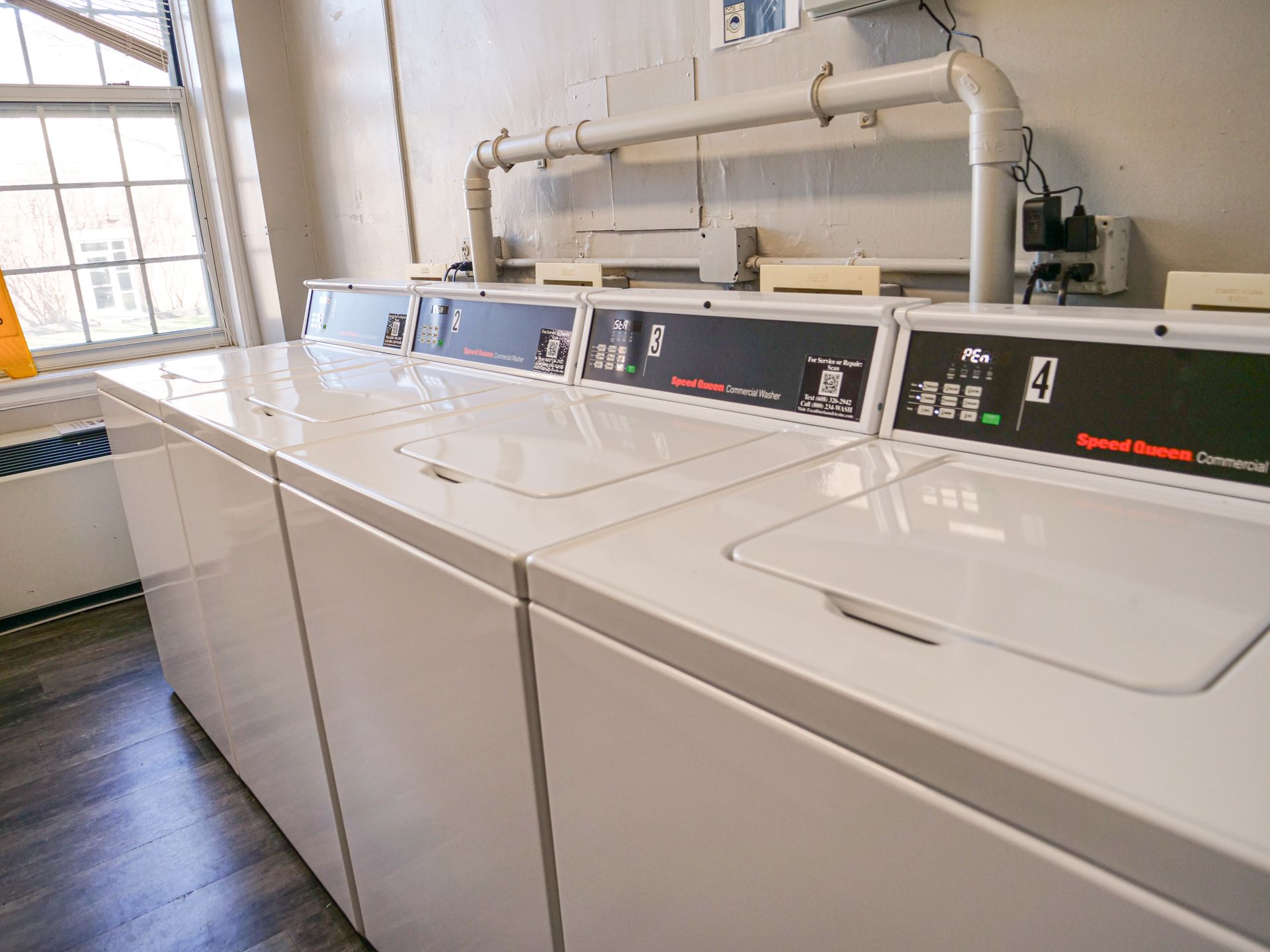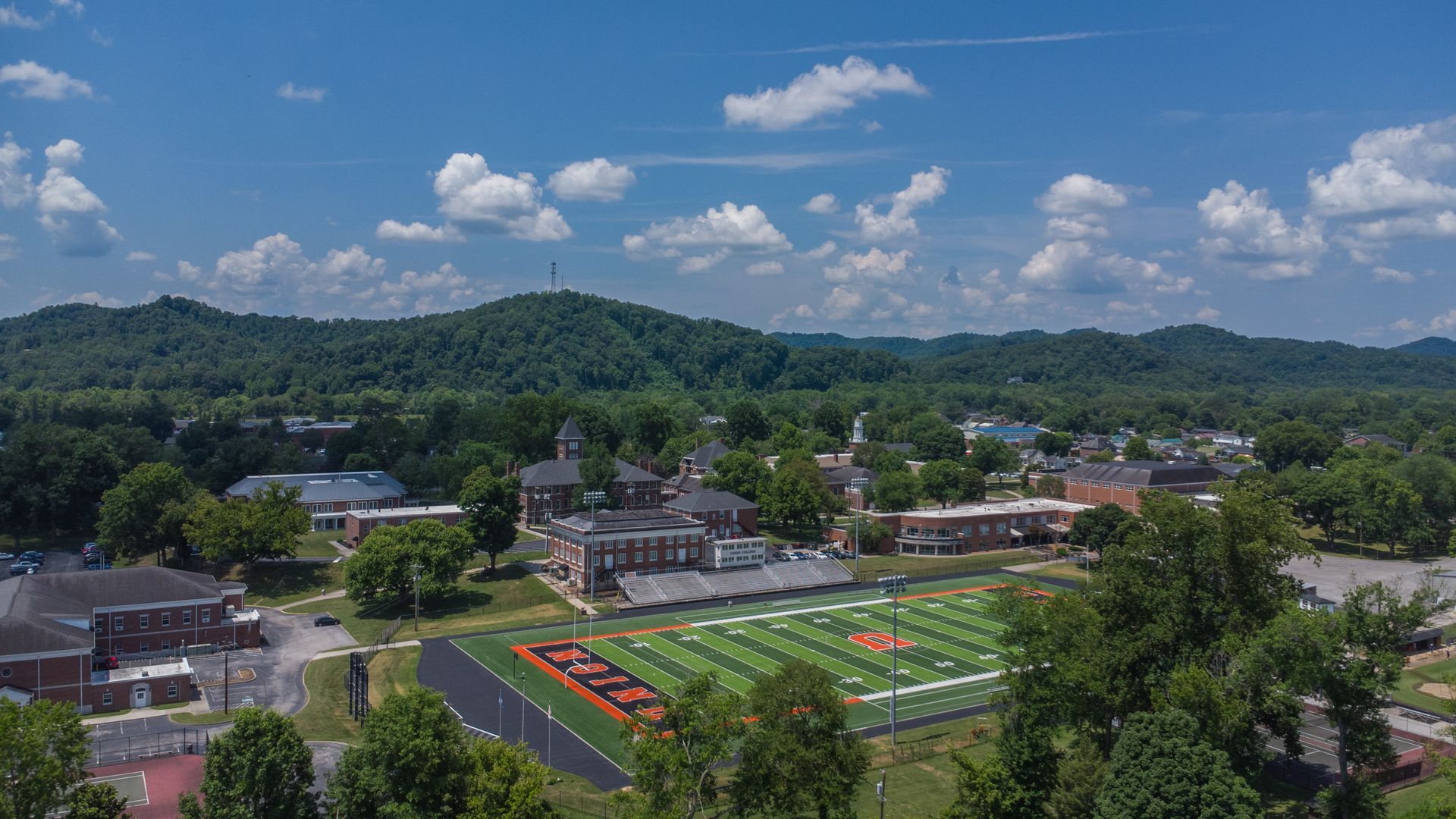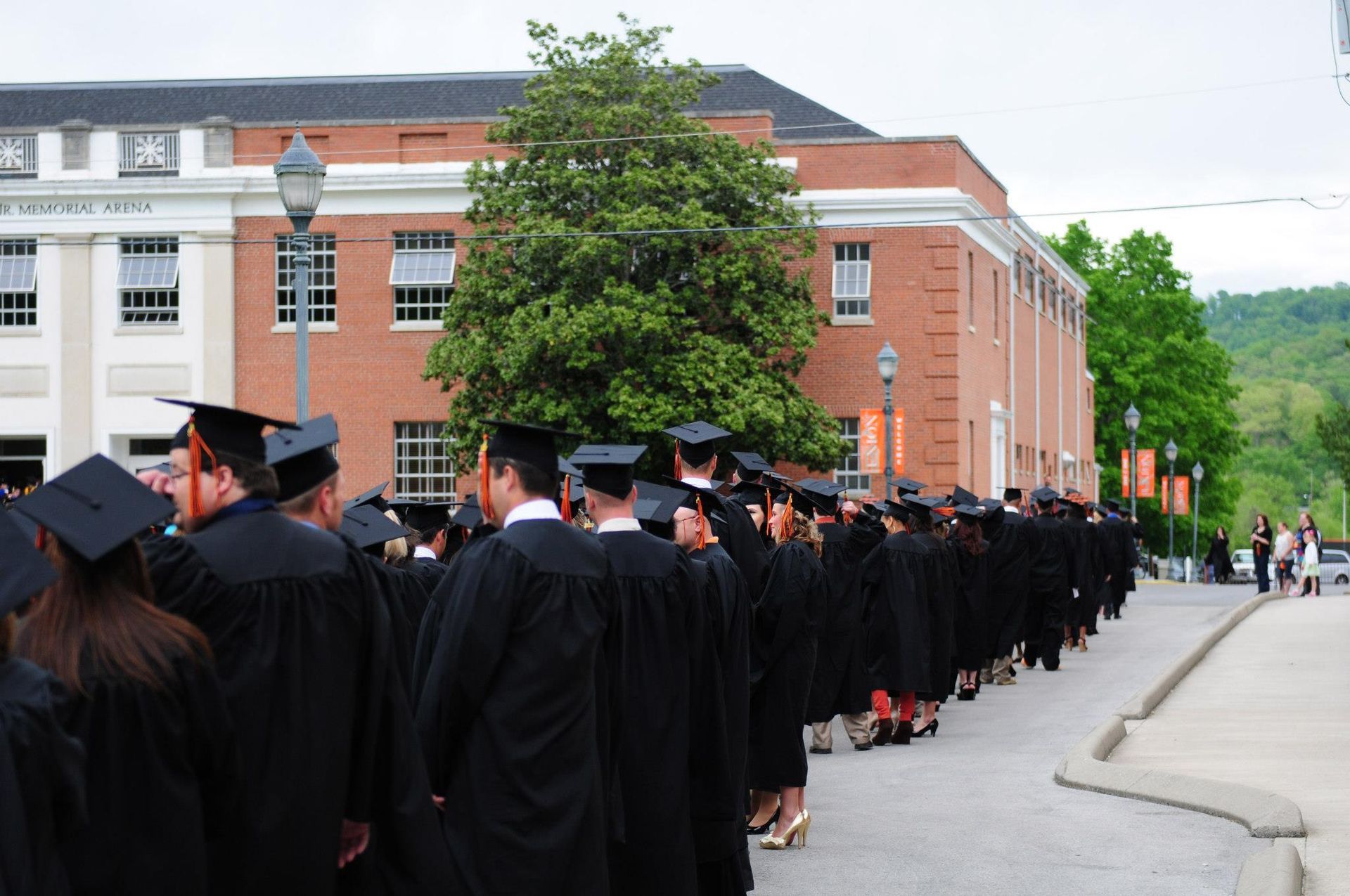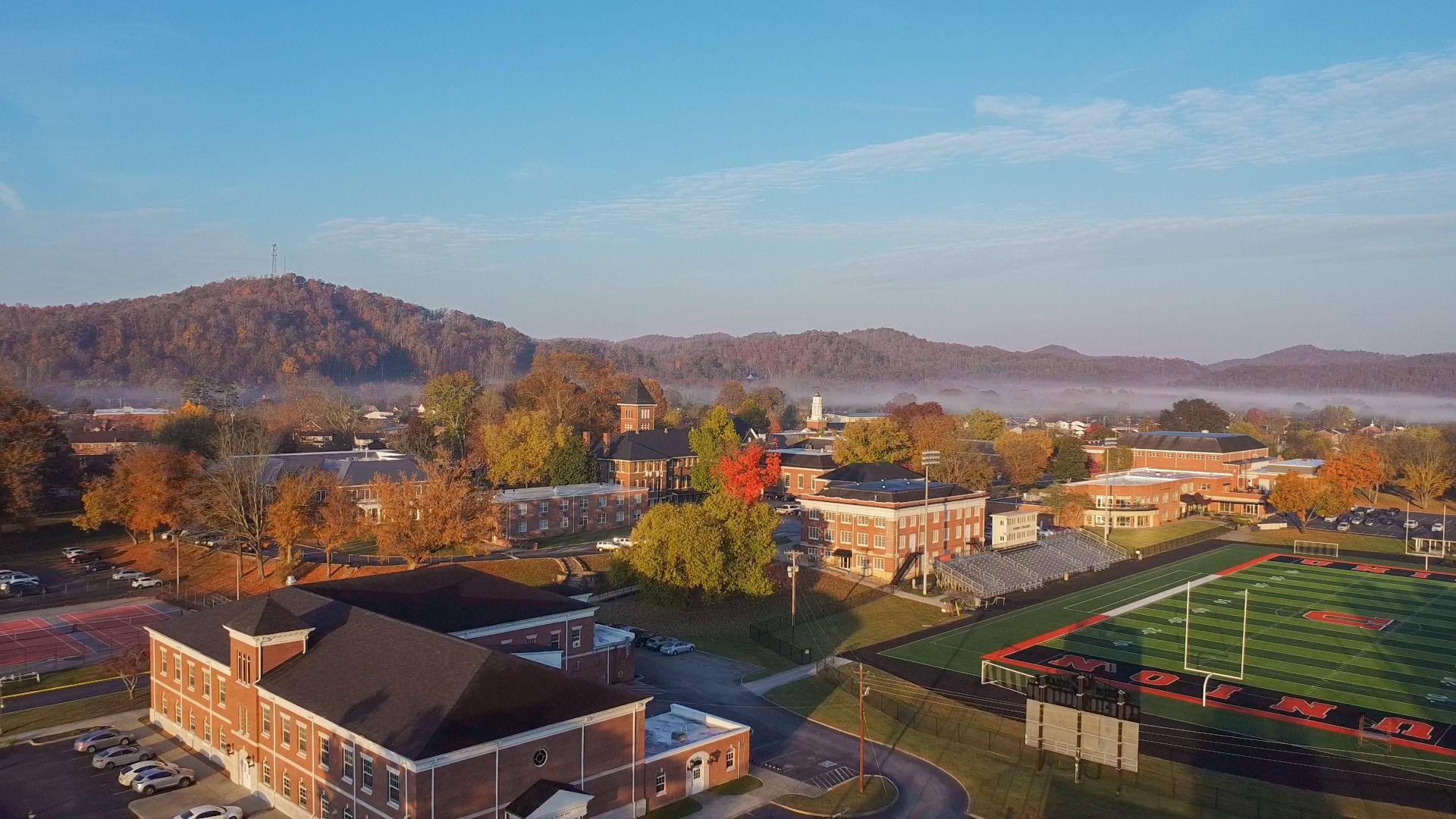Pedal desks to help with dyslexia
first grade teacher Sarah Arnold’s “Ride to Read” project gives students a way to move their bodies while they do their schoolwork. With the funding she received, Arnold purchased three “pedal desks” for her classroom, which look like stationary bicycles with built-in desktops.
“When you learn kinesthetically, you are firing more neurons in the brain to activate the lobes that help you read,” Arnold said. “This grant was near to my heart because I struggled to read and write as a child.”
Arnold said that the educators in her school have completed an in-depth training through the for dyslexia, and that every day, they are “finding new ways to accommodate students who may struggle to decipher the code of reading.”
Coding for creativity
Pre-K teachers Julie Millard of and Amy Bridges of were awarded a to support hands-on STEAM learning in their classrooms. The grant enabled Millard and Bridges to purchase two Artie 3000 coding robots and two kindle fire tablets to use with them. The pre-schoolers are learning how to think through what they want the mini bots to draw or write and then use the tablets to “drag and drop” the correct code.
[PHOTO: Millard's pre-schoolers learn to code the Arte 3000 robot.]
“In our schools many times our pre-k students look to older students to see what they are going to be doing,” Millard said. “This gives pre-k an opportunity to show the older students something new.”

